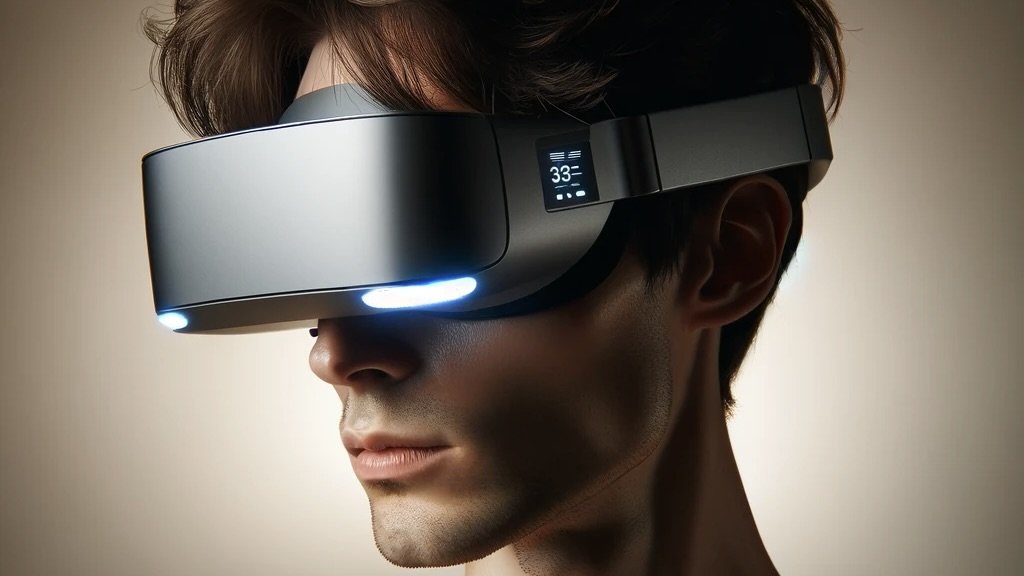While technology evolves at a breakneck pace, regulatory bodies designed in a bygone era of slow, incremental progress often find themselves in a perpetual game of catch-up. This dynamic is particularly evident in the United States Department of Justice’s (DOJ’s) scrutiny of Apple, a company known for its stringent control over its ecosystem. The complaint highlights five examples of “suppress[ing] technologies that would have increased competition among smartphones.” The complaint centers on accusations of the company suppressing technologies that could have increased competition in the smartphone market.
The Department of Justice cites five primary examples:
Suppressing Third-party Super Apps: By limiting the capabilities and integration of third-party applications, Apple effectively restricts the potential for all-in-one solutions that could compete with its services.
Blocking Cloud-streaming Apps: Apple's App Store policies have been criticized for limiting the functionality of cloud-streaming services, potentially stifling innovation and competition.
Preventing Third-party Messaging Apps from Achieving Quality Parity with Apple Messages: This practice allegedly undermines consumer choice by disadvantaging alternative messaging platforms.
Artificially Limiting Connectivity of Third-party Smartwatches: By doing so, Apple ensures that its own smartwatch remains the most compatible and feature-rich option for iPhone users.
Denying Access to Third-party, Cross-platform Digital Wallets: This restriction potentially limits the financial services ecosystem available to Apple device users, keeping them within Apple's proprietary Wallet app.
These allegations suggest a strategic effort by Apple to maintain its dominance in the smartphone and related markets by hindering competitors' ability to offer viable alternatives to consumers.
A Misguided Comparison to Microsoft's Antitrust Case
The complaint also makes a controversial comparison to the 1998 antitrust case against Microsoft, implying that the ruling against Microsoft paved the way for Apple's success in the smartphone era. This oversimplification overlooks the seismic shifts in technology, particularly the advent of mobile computing and smartphones, areas where Microsoft initially lagged. Apple's rise was less about Microsoft's constraints and more about seizing the opportunities presented by new technologies and consumer demands.
A Constructive Path Forward
The challenges and controversies surrounding the DOJ's approach to regulating Apple underscore a fundamental truth: litigation and investigations alone are not sufficient to foster a healthy, competitive tech ecosystem. What is needed is a clear set of industry expectations, codified into law by Congress, that balances innovation with fair competition. This legislative approach should be informed by a deep understanding of technology, a commitment to consumer welfare, and a nuanced appreciation of the global competitive landscape.
We must strive for a regulatory framework that is as dynamic and innovative as the technology it seeks to govern, ensuring a future where competition thrives, and consumers benefit from a wealth of choices.




